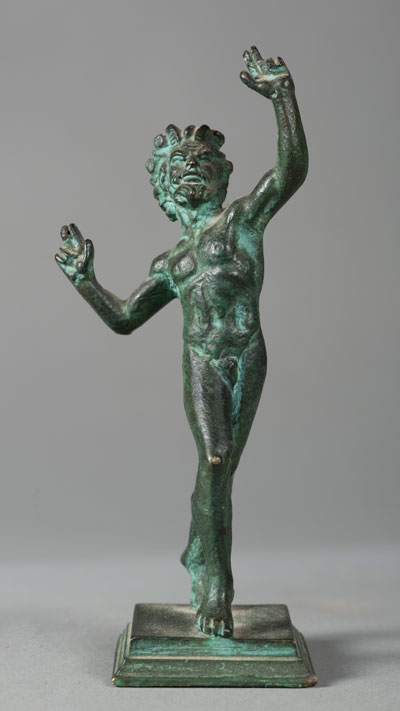A renewed interest in classicism in the nineteenth and twentieth centuries led to the creation of large collections of casts, which were then made accessible in museum and university collections.

19th and 20th century Casts
Where collecting casts in the Renaissance was primarily for personal collections, cast collecting in the nineteenth century was undertaken to educate the public. This notion of 'museum enlightenment' promoted the cultural and artistic ideals of both Antiquity and the Renaissance.
Casts represented originals that could not be easily acquired by many institutions. Having casts enabled the public to view famous artworks they might not otherwise be able to see. For example, the Berlin Museum (see Abguss-Sammlung Antiker Plastik in Charlottenburg) owned over 1000 casts in 1868, and many museums created specific cast galleries.
The plaster cast process was also regarded as an art practice in its own right at this time. Plaster was celebrated for the way in which it created an art object that could be viewed as more than a mechanical reproduction. Thus casts had a value in terms of their workmanship, as well as for the educational ideals they represented, and they were presented alongside other forms of art to provide enlightenment and education.
During the eighteenth and nineteenth centuries, casts of major works were shipped around the world, including to the United States. However, they were not always well received. For example, the general American public objected to nude sculptures as too indecent for polite society. Such sculptures were often fitted with plaster fig leaves so that they could be made acceptable for public viewing (as is demonstrated by the Victorian cast of a satyr in the Logie Collection).

Victorian cast copy of the satyr from the House of the Dancing Faun, Pompeii. JLMC 223.15, James Logie Memorial Collection
In the twentieth century, plaster cast collections became more accepted around the United States, particularly within universities and educational institutions. New materials and techniques enabled artists to refine their casts to remove flaws and improve the copies. Artists such as the Caproni Brothers set the standard for casting in the twentieth century, creating a hierarchy amongst copyists.